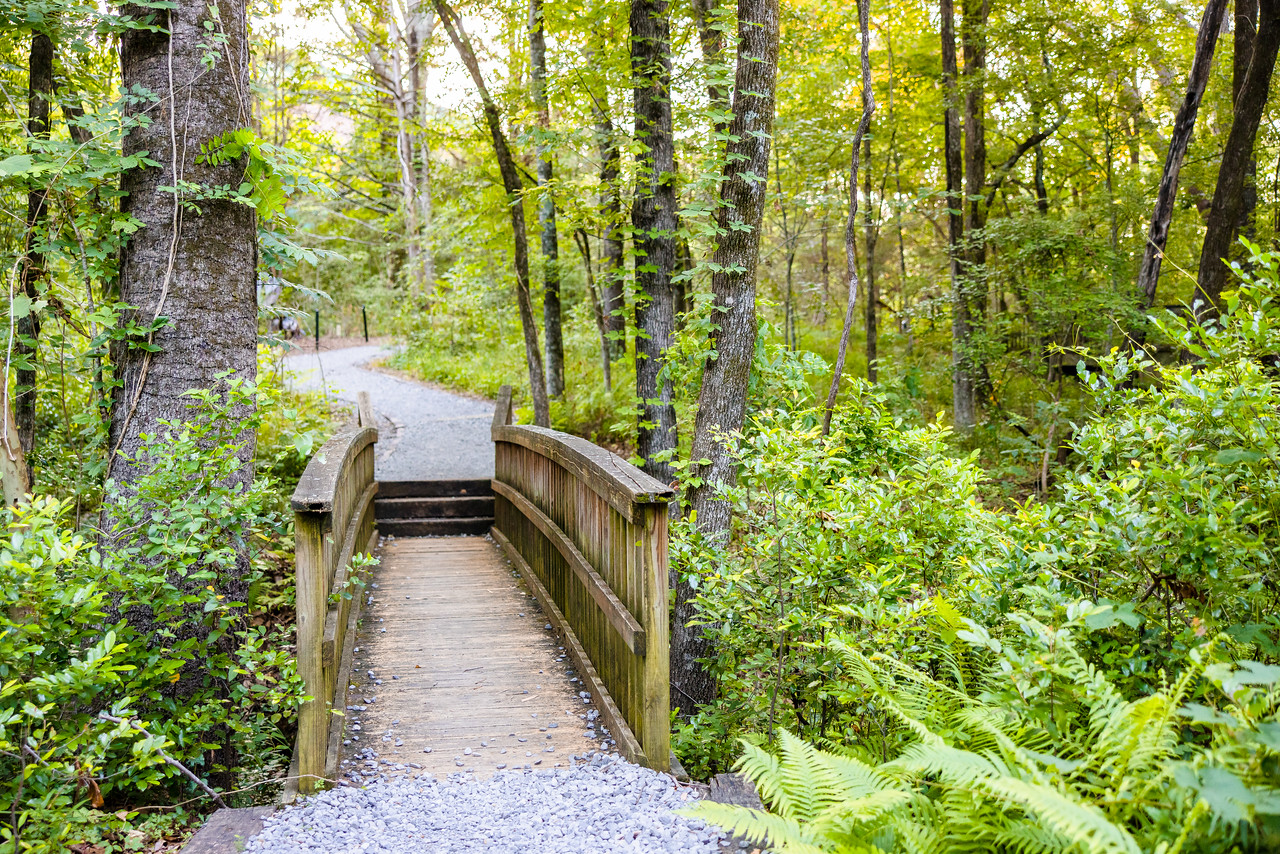Leave No Trace
Help us preserve our state’s natural resources and leave no trace! Learn more about the Leave No Trace movement.
Trail Safety
New to the outdoors? We've compiled some helpful information about trail safety so you can be prepared and enjoy everything our trails have to offer.
Sharing Our Trails: A Guide to Trail Safety & Enjoyment
Responsible trail enthusiasts have much in common: They have an appreciation for our public lands and want to enjoy what our public lands have to offer. Smart trail use includes adherence to some basis safety practices. Trails are shared recreation amenities and are accessed by a variety of users at the same time. Please be courteous to all users, and remember that pedestrians have the right-of-way. All trail users should stay to the right on the trail.
Trails are open to and shared by equestrians, Off-Highway-Vehicle (OHV) riders, bicycle riders, runners, and hikers. Trail sharing can and does work when people respect each other and work cooperatively to keep each other safe.
While it's important for people to respect each other on the trail, it's also important to remember that equestrians are dealing with more than just other trail enthusiasts' personalities; they're also working with horses, whose temperaments are as individual as our own. Horses' natural instincts can influence their behavior and affect the way they react to circumstances encountered on the trail.
Similarly, OHV riders, bicycle riders, runners, and hikers must understand that "equestrian only" trails need to be respected for the safety of both horse and rider. These trails offer the opportunity for horsemen to acclimate their horses to basic trail conditions without encountering "unknown threats" that can trigger a horse's natural instinct of flight. When young or inexperienced horses encounter new conditions on the trail--like OHVs, bicycles, runners, hikers, and even certain scents--the flight response can end with disastrous results for the horse or rider.
When equestrians on well-trained horses and other responsible trail enthusiasts meet each other on the trail, the encounters can be enjoyable social exchanges if the groups understand how to work together to keep everyone safe.

